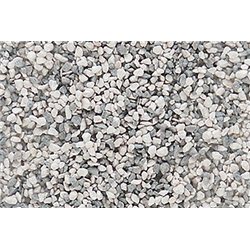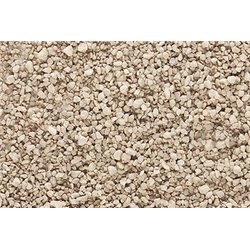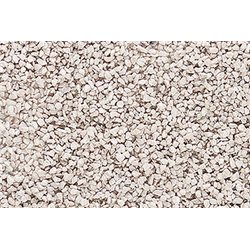Glue is a brush killer, so when using a brush to apply glue, you should always use a brush that you don't care too...
No products
Product successfully added to your shopping cart
There are 0 items in your cart. There is 1 item in your cart.
Search Tips
Christmas and New Year
We are dispatching orders every weekday apart from Christmas Day, Boxing Day and New Year's Day.
If you select next day delivery at checkout, please note deliveries are not made on public holidays or Sundays.
The shop in Sandown is open 23rd and 24th December, then closed from 25th December, reopening on 30th December.
Can I use ground cork ballast rather than gravel ballast?
Traditionally gravel ballast has been the forerunner for track beds in railway modelling and gives your layout an authentic look, and is still used as the main form of ballasting today.
Ground cork ballast is relatively new in comparison but offers a lightweight alternative to gravel with a choice of colours and an equally authentic look.
It can also reduce the risk of damage to your locomotives as gravel, if not fixed correctly, can cause damage to your locomotive motor and running gear by flying up off the track and getting caught up in the internal workings.
Obviously real ballast is made of stone, so gravel will always look "more real" than cork as it is made of the real thing.
Another issue with cork is that it is difficult to make very small pieces so it may not be suitable for smaller gauges such as N gauge.
Click here to receive the tips weekly in your mailbox. You can unsubscribe at any time.










